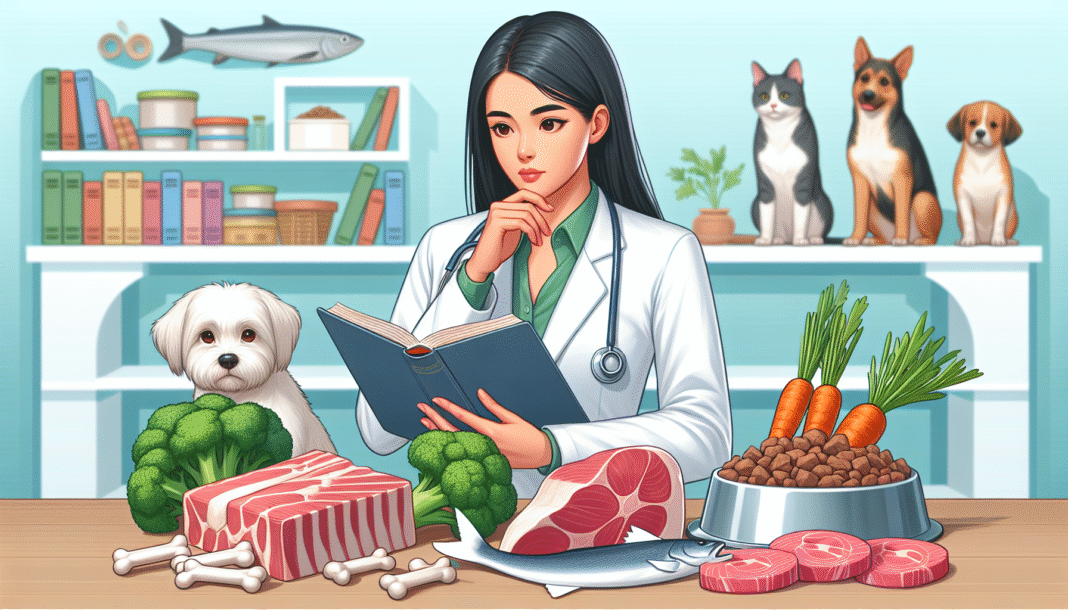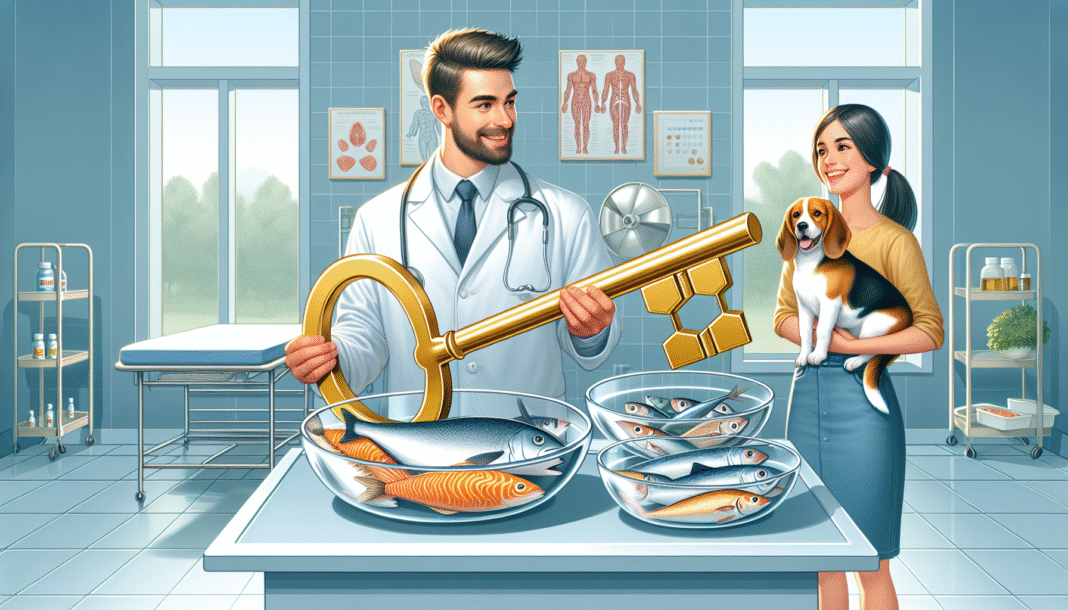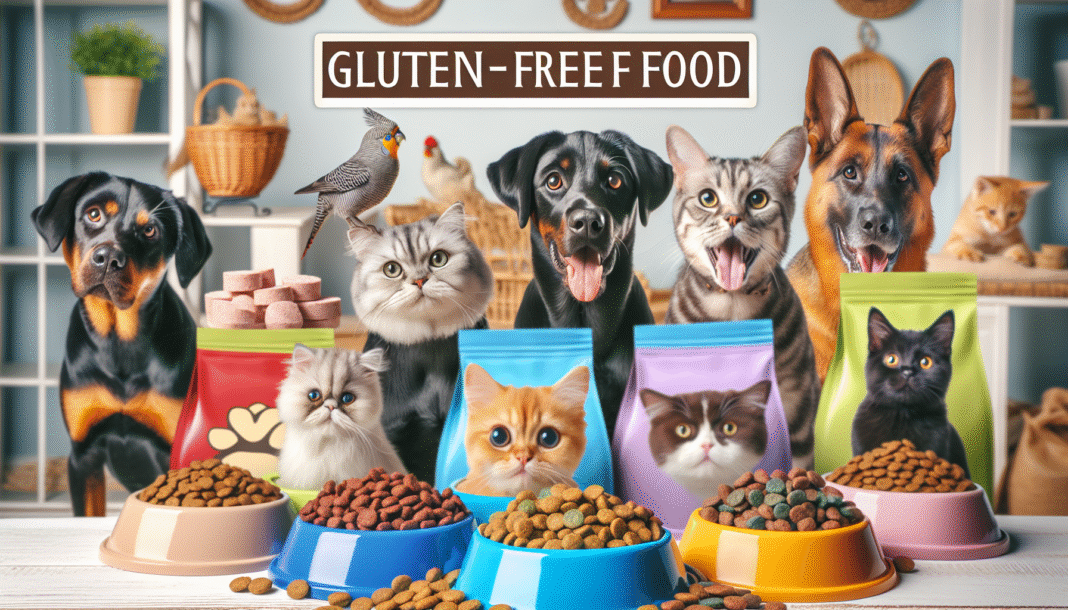As a pet owner, ensuring the health of your furry companion is a top priority. One dietary choice that has sparked much debate is raw feeding. This article will delve into the ins and outs of raw feeding for pets, providing insights that can guide you in making informed decisions about your pet’s diet.
What is Raw Feeding?
Raw feeding, also known as a biologically appropriate raw food (BARF) diet, consists of feeding pets uncooked meat, bones, organs, and sometimes fruits and vegetables. Proponents believe this approach mimics the natural diet of dogs and cats’ wild ancestors and can lead to various health benefits.
Types of Raw Diets
-
Whole Prey Model: This diet includes the entire animal, ensuring a balanced nutrient profile.
-
Raw Meaty Bones: Emphasizing bones with meat still attached, this method provides essential calcium and phosphorus.
-
Commercial Raw Pet Food: Many companies offer pre-packaged raw meals formulated for pets, ensuring convenience without sacrificing nutritional quality.
Potential Benefits of Raw Feeding
While science is continually evolving, many pet owners and professionals report several positive outcomes associated with raw feeding:
-
Improved Coat Condition: A raw diet rich in fats and proteins can lead to a shinier, healthier coat.
-
Increased Energy Levels: Raw feeding may provide pets with more energy and a spirited temperament, as it closely aligns with their ancestral diet.
-
Better Digestion: Some owners report fewer GI issues, such as diarrhea or flatulence, in pets on raw diets due to increased digestibility of high-quality ingredients.
The Risks of Raw Feeding
Despite the potential benefits, raw feeding is not without its risks. It’s crucial to be fully aware before making any sudden dietary changes.
Bacterial Contamination
Raw meat can harbor harmful bacteria like Salmonella and E. coli. These pathogens can not only affect your pet but also pose a risk to humans, especially children, elderly, or immunocompromised individuals in the household.
Nutritional Imbalance
Crafting a balanced raw diet requires careful planning to ensure all necessary nutrients are present. Without knowledge of your pet’s specific dietary needs, you might inadvertently cause deficiencies or excesses that can lead to health issues over time.
Important Considerations Before Switching to Raw
Switching to a raw diet involves several important steps and considerations:
Consultation with Your Veterinarian
Before altering your pet’s diet, consult your veterinarian, especially if your pet has existing health concerns. A vet can provide tailored advice based on your pet’s age, breed, weight, and health status.
Gradual Transition
Transition to raw feeding should be gradual. Start by mixing raw food with current kibble or wet food and slowly increase the raw portion over a week or two. This approach helps minimize digestive upset.
Monitor Your Pet’s Health
Once transitioned, closely monitor your pet’s behavior and health. Look for signs of distress, changes in stool consistency, or fluctuations in weight.
Practical Tips for Raw Feeding Success
If you decide to embark on the raw feeding journey, here are some practical tips for success:
-
Educate Yourself: Read reliable resources or guides. Join communities online or in-person for support from other raw feeders.
-
Buy High-Quality Ingredients: Sourcing fresh, high-quality meat from trusted suppliers can help mitigate some health risks tied to raw feeding.
-
Maintain Hygiene: Practice good kitchen hygiene by washing hands and sanitizing surfaces after handling raw meat. Use separate utensils for pet food to minimize contamination risk.
-
Incorporate Variety: Ensure a diverse range of proteins and meals to provide a balanced nutrient intake and keep your pet excited about mealtime.
Conclusion
While raw feeding can offer several benefits for your pet’s health and well-being, it is essential to approach this dietary choice with caution and knowledge. By consulting your veterinarian, making informed choices, and remaining vigilant about your pet’s health, you can harness the potential advantages of raw feeding while mitigating its risks. Your furry companion deserves the best, and a well-researched approach to their diet is a significant step in achieving that goal.





